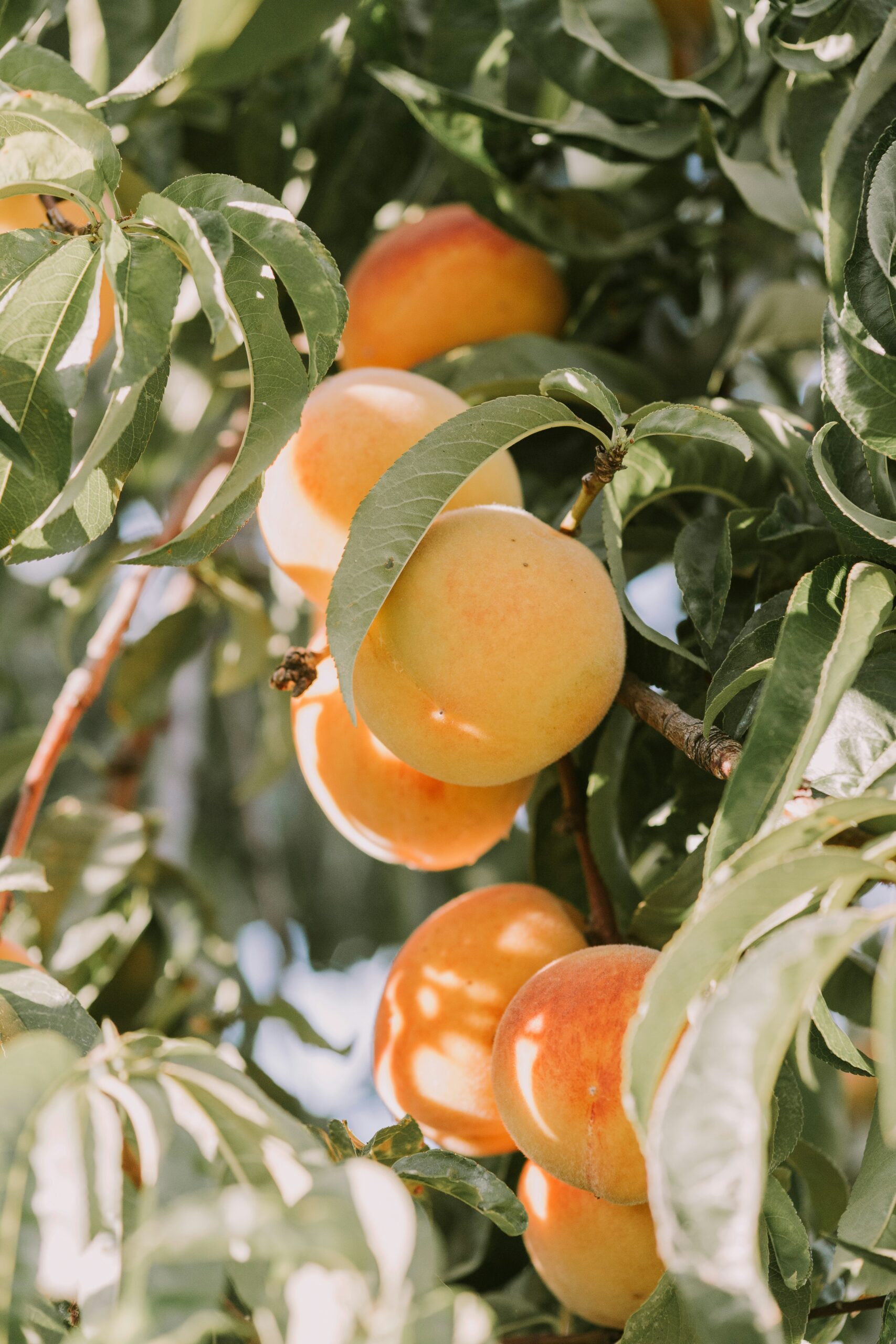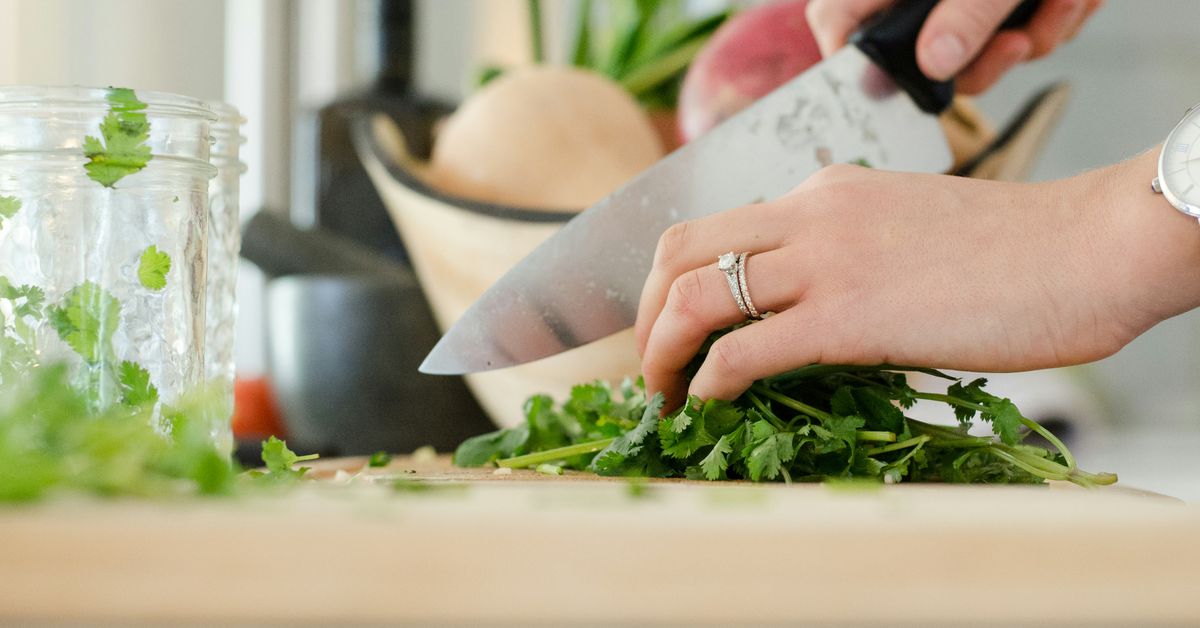Unlock the Secret Techniques That Transform Everyday Recipes into Culinary Masterpieces
Cooking is often seen as a mundane activity—something we do to fill our stomachs rather than our spirits. Yet, there’s a distinct joy that arises when a simple dish transitions into a culinary masterpiece, tantalizing not just the taste buds but also the heart and soul. How does one bridge that gap? What secret techniques lie in wait for the eager home cook? As an experienced food enthusiast, I’ve spent years experimenting, and I can assure you that the transformation is more accessible than it seems.
The Foundation: Quality Ingredients
First things first—what’s a masterpiece without quality materials? Just like a painter needs the finest brushes and a musician the best instruments, so too does a chef need top-notch ingredients. You don’t need to break the bank at gourmet stores; simple, fresh produce can elevate your cooking. I remember the first time I made a tomato sauce with garden-fresh tomatoes. It was as if I had unearthed a treasure chest of flavor. Here are some tips to ensure you’re starting strong:
- Seasonal Produce: Look for what’s in season at your local market. The flavors are richer, and the price is often lighter on the wallet.
- Herbs and Spices: Fresh herbs can be game-changers. A sprinkle of basil or a dash of smoked paprika can add depth to even the simplest of dishes.
- Quality Fats: Be it olive oil or butter, the fat you choose can make or break a dish. A drizzle of high-quality olive oil over a finished plate can shout sophistication.
Techniques That Matter
Now that we have our ingredients, let’s delve into the techniques that can truly transform your everyday recipes into something extraordinary. You might be surprised at how a few simple adjustments can change the entire experience of a dish.
1. The Art of Searing
Ever wondered why restaurant steaks taste so much better than what you whip up at home? The secret often lies in searing. When you sear meat, you’re not just cooking it; you’re creating a crust through the Maillard reaction—a fancy term for the chemical reaction that occurs when proteins and sugars are heated. This browning adds layers of flavor, elevating your dish from bland to grand.
2. Layering Flavors
Layering flavors is akin to constructing a symphony. Start with a base of aromatics—like onions, garlic, or ginger—before adding your main ingredients. Each layer builds upon the last, creating a dish that resonates with complexity. I once made a simple vegetable soup that turned into a crowd-pleaser just by sautéing onions and garlic until they were golden before adding the broth. It’s the little things that make a big difference!
3. Embracing Umami
Ah, umami—the fifth taste. It’s that savory, rich flavor found in ingredients like mushrooms, tomatoes, and aged cheese. Incorporating umami-rich elements can transform a dish from good to unforgettable. Consider using ingredients like soy sauce, miso, or even a splash of Worcestershire sauce. A chef friend of mine swears by adding a bit of fish sauce to her pasta sauce. (I was skeptical at first, but now I’m a believer.)
Presentation: Eating with the Eyes
Ever heard the phrase “we eat with our eyes first”? Presentation is crucial. A beautifully plated dish can elevate the dining experience and make even the simplest meal feel special. Here are a few pointers:
- Color Contrast: Use contrasting colors to make your dish pop. A sprinkle of fresh herbs or a dash of chili flakes can add vibrancy.
- Height Matters: Layer your ingredients to create height. A stack of grilled vegetables, for instance, can look infinitely more appealing than a flat pile.
- Use White Plates: It might sound basic, but white plates can highlight the colors of your food beautifully, making them look even more appetizing.
Cooking Techniques to Master
Let’s take a deeper dive into some cooking techniques that can truly change the game. Mastering these can be the difference between a home-cooked meal and a culinary triumph.
1. Sous Vide
Ah, sous vide! It sounds fancy, but at its core, it’s simply cooking food in a vacuum-sealed bag in a water bath at a precise temperature. This method ensures that your food is cooked evenly and retains moisture. The first time I tried sous vide steak, it was like a revelation. Never had I experienced such tenderness! While it does require some equipment, it’s worth considering for those special occasions.
2. Smoking
Smoking is not just for barbecue lovers. Infusing a hint of smoke into vegetables or even fruits can add an unexpected depth of flavor. I remember being at a friend’s barbecue where they smoked peaches and served them with ice cream. (Yes, it was as divine as it sounds.) You don’t need a fancy smoker; stovetop smoking kits are available and can do wonders.
3. Fermentation
Fermented foods are all the rage, and for a good reason! They bring a tangy flavor and added health benefits. Whether it’s kimchi, sauerkraut, or even yogurt, the process of fermentation can add complexity to your dishes. I once tried making homemade kimchi, and while it was a labor of love, the reward was worth the effort. Adding a spoonful to a simple rice bowl made it sing!
The Magic of Garnishing
Let’s not underestimate the power of garnishing. A well-placed sprig of parsley or a drizzle of balsamic reduction can elevate your dish tremendously. Here’s how to approach garnishing:
- Keep it Simple: A well-chosen garnish should complement—not overpower—your dish.
- Texture is Key: A sprinkle of toasted nuts or seeds can add a delightful crunch.
- Herbs Galore: Fresh herbs can brighten flavors and add a pop of color.
Experimentation: The Heart of Culinary Arts
Cooking should be fun, and experimentation is a crucial part of that process! Don’t be afraid to step outside of your comfort zone. Try fusion recipes or create your own twists on classics. I once swapped out traditional pasta for zucchini noodles in a carbonara recipe—it was a hit! The key is to embrace the process, learning from mistakes along the way. (Trust me, I’ve had my fair share of culinary disasters, too.)
Mindfulness in Cooking
In the hustle and bustle of our lives, cooking can often feel like a chore. However, approaching it with mindfulness can transform the experience. Take a moment to enjoy the fragrance of herbs, the sound of sizzling ingredients, and the colors before you. This not only enhances your cooking but also elevates your mood. I’ve found that cooking while listening to my favorite tunes can make the process much more enjoyable—who knew sautéing vegetables could be so therapeutic?
Conclusion: Your Culinary Journey Awaits
There you have it—the secret techniques that can enable you to transform everyday recipes into culinary masterpieces! Quality ingredients, refined techniques, thoughtful presentation, and a sprinkle of creativity can breathe life into your kitchen endeavors. Remember, the goal isn’t perfection; it’s about enjoying the journey and savoring the experience. So, roll up your sleeves, don your apron, and dive into the delicious world of cooking. Who knows? You might just end up creating the next culinary sensation!
As I reflect on my own kitchen adventures, I’m reminded that every great chef was once a beginner. So grab that spatula, channel your inner artist, and let’s turn those everyday recipes into something extraordinary. Bon appétit!




